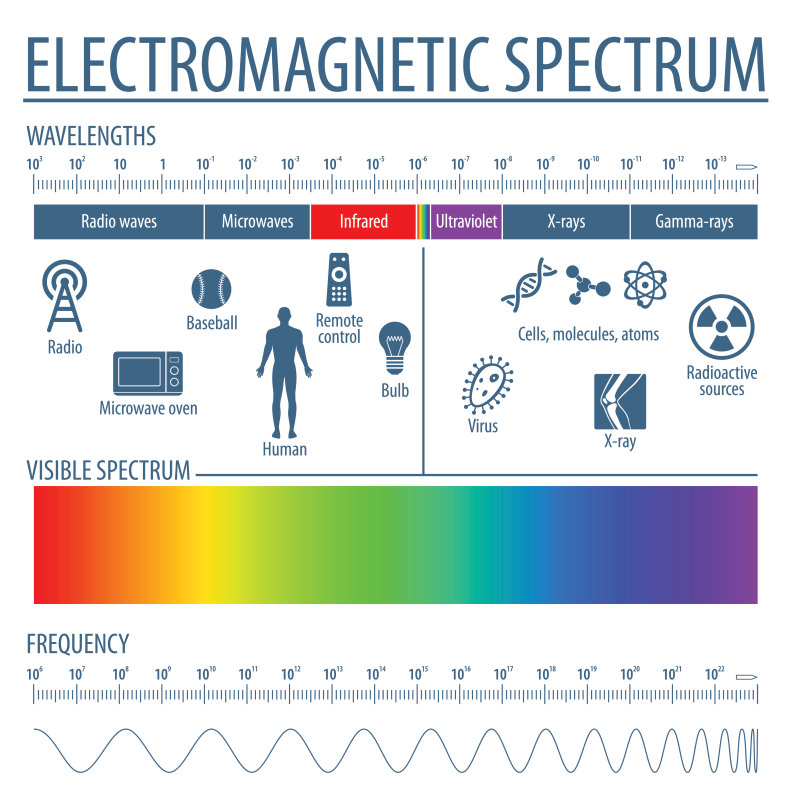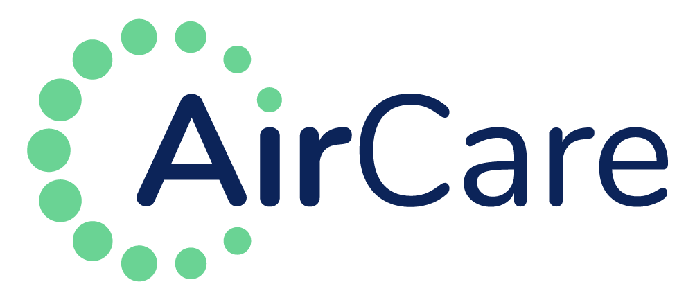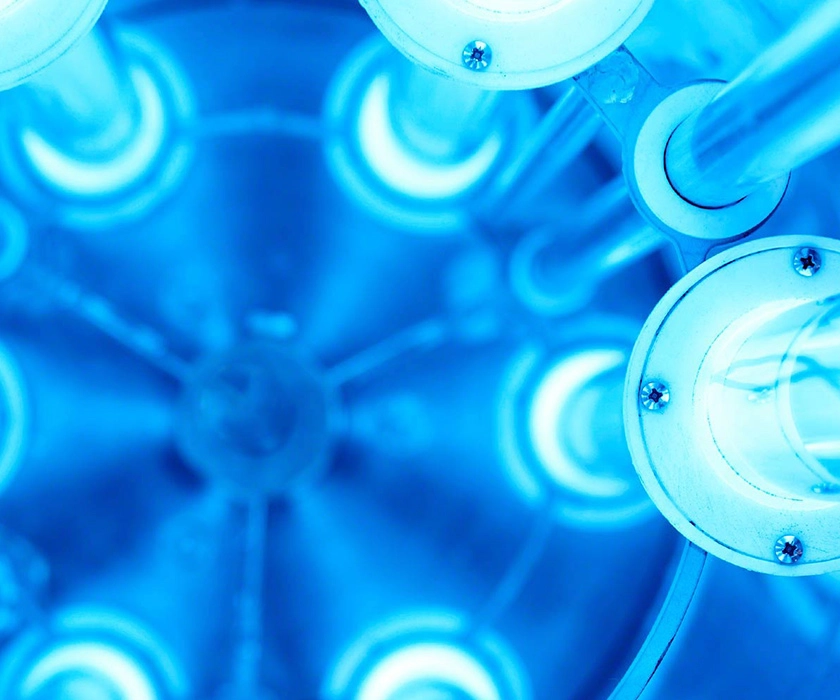From aircraft to buildings, Ultraviolet (UV) light can help inactivate pathogens all around us
UV-C is too weak to penetrate the Earth’s atmosphere, so organisms are not typically exposed it. As a result, many organisms have no natural defenses against it. Another reason is because there are no chemicals, residues or waste products left behind. Properly applied, it also acts fast. Clinical studies have demonstrated that at the right doses, it takes only a matter of seconds to drive significant reductions in certain pathogens.
Inside buildings, air can stagnate. To help make facilities safer to work in and re-occupy, multiple UV-C solutions can be deployed for the air. A common strategy is using the heating, ventilation and air conditioning (HVAC) system to combine recirculated air with outdoor air. That can have an increased cost when cooling hot outdoor air to dilute the indoor air.
An alternative is to treat the air, using UV-C light. That can take place above or below the ceiling tiles. For example, an emerging solution is combining UV-C light with electrostatic technology in one filter in an air handling unit (AHU). Or an in-room unit can circulate the air through a HEPA or other filter, then apply UV-C light.




